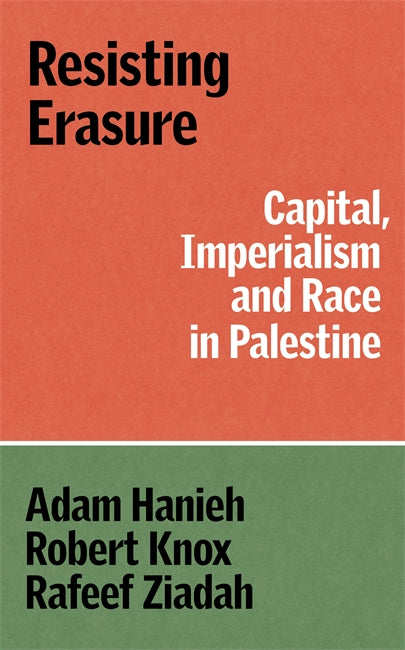A key part to this story is the Oslo Accords, an agreement signed between the PLO and the Israeli government in 1993. Oslo led to the establishment of the Palestinian Authority, a political leadership that has supplanted the PLO, and is now headquartered in the town of Ramallah, in the West Bank.
The PA—led for nearly two decades by the eighty-nine-year-old Mahmoud Abbas (Abu Mazen)—is widely derided by most Palestinians. It continues to collaborate directly with the Israeli occupation, including facilitating the arrest of activists by Israeli military forces.
Nonetheless, as an institution, the PA is heavily promoted (and funded) by leading Western and Arab states as the sole address for Palestinian political decision-making. As such, it is necessary to review how the PA came into being, and its deep connection to the social transformations that have taken place in the West Bank and Gaza Strip since 1967.
With the military occupation of the West Bank and Gaza Strip in 1967, Israeli political leaders held two counterposed perspectives on what to do with the newly conquered territories. Some Israeli leaders advocated incorporating these areas into Israel, viewing them as an indivisible part of the so-called Zionist homeland.
Others, however, opposed this, fearing that it would mean extension of citizenship to Palestinians in the West Bank and Gaza Strip, potentially undermining the majority-Jewish character of the Israeli state. This second perspective eventually won the debate, and a military government was established that would come to control every aspect of life in the occupied territories without extending citizenship to their Palestinian inhabitants (unlike those Palestinians who remained in what became Israel after 1948).
Instead, Palestinians in the West Bank and Gaza Strip carried ID cards and were subject to Israeli military law. The military governor, a high-ranking officer in the Israeli military accountable only to the prime minister, would be the final arbiter regarding all decisions in the territories.
Closely related to such demographic debates was the question of land. Immediately after the 1967 occupation, Israel began to confiscate Palestinian land and build Israeli-only settlements in areas from which Palestinians had been expelled during the war (in the West Bank, for instance, about twenty per cent of the Palestinian population were driven off their lands in 1967).
This project was codified in the Allon Plan, named for Yigal Allon, an Israeli general and deputy prime minister from the Israeli Labour Party following 1967. Allon sought to locate Israeli settlements between major Palestinian population centers and on top of aquifers and fertile agricultural land.
In the classic style of colonial conquest, this seizure of fertile land and water made Palestinians almost completely dependent on Israeli food imports. In the case of the West Bank, it also enabled Israel to expropriate large quantities of water for use inside Israel proper (by the late 1970s, this was equivalent to about one-third of Israel’s water consumption).
